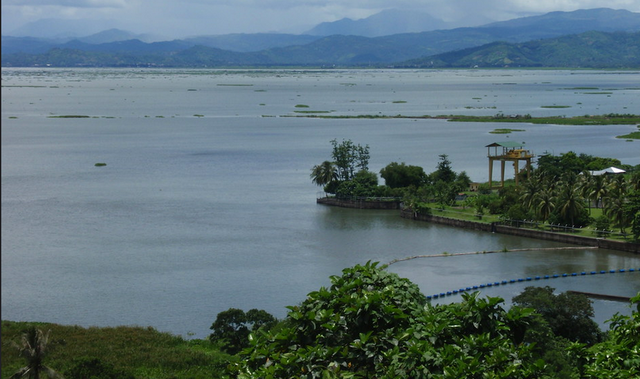Laguna de Bay: Largest Lake in the Philippines
Given that since the 1980s, most elementary and high-school kids in the Philippines assume that Lake Lanao is the largest lake in the Philippines, is Laguna De bay the country’s “most overlooked” tourist spot?
Back in the time when nipa huts where the only form of home construction in the areas surrounding Laguna de Bay, the region’s carpenters would first dip the bamboo used for constructing the houses in the waters of Laguna de Bay as a way of curing them to make them stronger and resistant to termite and wood rot infestation. But despite of being the undisputed largest lake in the Philippines in terms of total area, why is it that Laguna de Bay has remained largely unknown to tourists both local and foreign alike?
Laguna de Bay is considered to be the third largest inland body of water in Southeast Asia after Tonle Sap in Cambodia and Lake Toba in Sumatra, Indonesia. Laguna de Bay is bordered by the province of Laguna in the east, west and southwest, the province of Rizal in the north to northeast and Metro Manila in the northwest. Laguna de Bay has an average depth of 2.8 meters or 9 feet 2 inches and its excess water is discharged through the Pasig River.
Laguna de Bay has been used as a navigation lane for passenger boats since the Spanish Colonial Era that started in 1521. Even though the lake is a multipurpose resource, from a flood preventing diverting water channel for Metro Manila via the Marikina River when diverted via the Manggahan Floodway, the lake remains relatively unknown as a sight-seeing tour site since the 1980s. Even though parts of its shore in the Metro Manila area was decried by local environmental activists since the 1990s over gentrification based over development with no regard to environmental impact studies, a number of the region’s boating sightseeing and fishing tours swear that there are still large parts of Laguna de Bay that remained relatively pristine to the present day, making it still a rewarding tourist destination.
